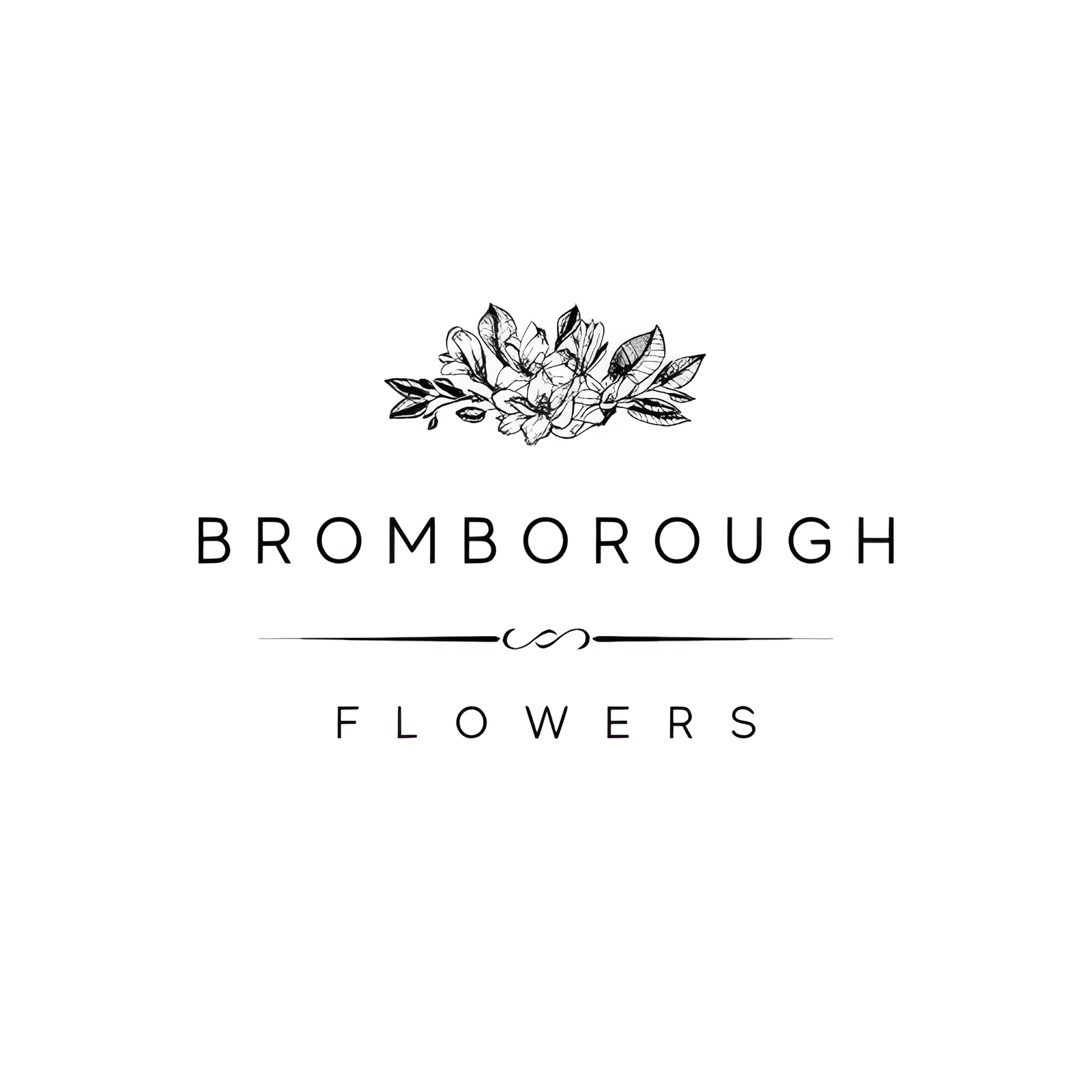In the world of wedding florals, Viburnum stands out as a quintessential choice for its remarkable versatility and year-round availability. Known for its lush clusters of petite blooms, Viburnum effortlessly enhances the texture and vibrancy of any floral arrangement, mimicking the allure of miniature Hydrangeas. Mainly imported from Holland and available in an array of colors including pink, white, red, and blue, this flower not only symbolizes deep love and transformation but also meets the high standards demanded by discerning couples. As we explore the unique attributes and cultural significance of Viburnum, one can't help but ponder how this flower could be masterfully integrated into your special day.
Flower Overview
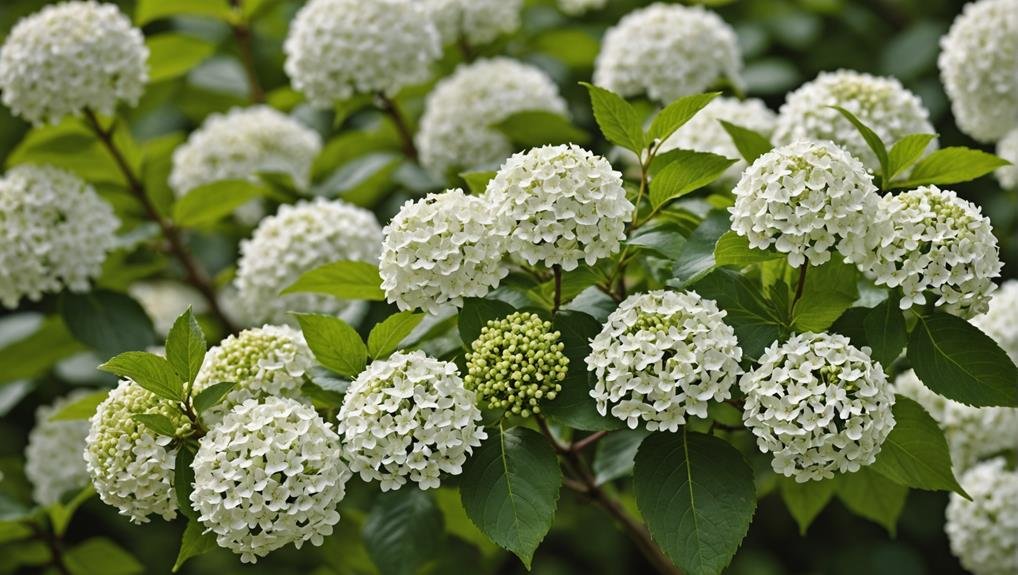
Viburnum, a versatile shrub known for its clusters of small blooms in various colors, is a favored choice for wedding and event flower arrangements due to its aesthetic appeal and seasonal availability. This plant produces blooms in shades ranging from pink and white to red and blue, making it a highly adaptable option for various floral themes.
A notable variety, Viburnum Roseum, is particularly sought after for its resemblance to miniature Hydrangea blooms, adding a delicate and sophisticated touch to any arrangement. Imported primarily from Holland to guarantee high quality, Viburnum is widely appreciated for its superior cut flowers, which are essential in creating long-lasting and visually appealing displays.
The peak season for Viburnum occurs in spring and early summer, aligning perfectly with the timing of many weddings and special events. This seasonal availability makes it an ideal choice for spring weddings, where its fresh and vibrant appearance can be showcased to its fullest potential.
The Viburnum Opulus, also known as the Guelder Rose or Snowball Tree, is another popular variety, characterized by its distinctive snowball-shaped green flower heads. This variety adds volume and texture to arrangements, enhancing the overall visual impact.
Physical Description
Characterized by its lush clusters of small, delicate blooms, the Viburnum shrub stands out with a variety of colors that enhance its visual appeal.
Viburnum Roseum, often mistaken for miniature Hydrangea, is particularly popular in wedding centerpieces, cake adornments, and bouquets. Its unique clusters of blooms create an eye-catching appeal that adds both texture and volume to floral arrangements.
The shrub itself is versatile, making it an excellent choice for a variety of floral designs. When used in cutting, Viburnum Roseum maintains its vibrant and delicate appearance, ensuring longevity in arrangements. This makes it a preferred option for florists seeking flowers that remain fresh and visually appealing for extended periods.
Viburnum Roseum is available most of the year, though its availability becomes limited in late spring and summer. During these periods, high-quality Viburnum is often imported from Holland, ensuring consistent quality and appearance.
The plant's structure and the arrangement of its blooms make it easy to integrate into various cutting techniques, allowing florists to craft intricate and elegant designs. This adaptability and aesthetic appeal underscore why Viburnum Roseum remains a favored choice in wedding and event floristry.
Available Colour Varieties
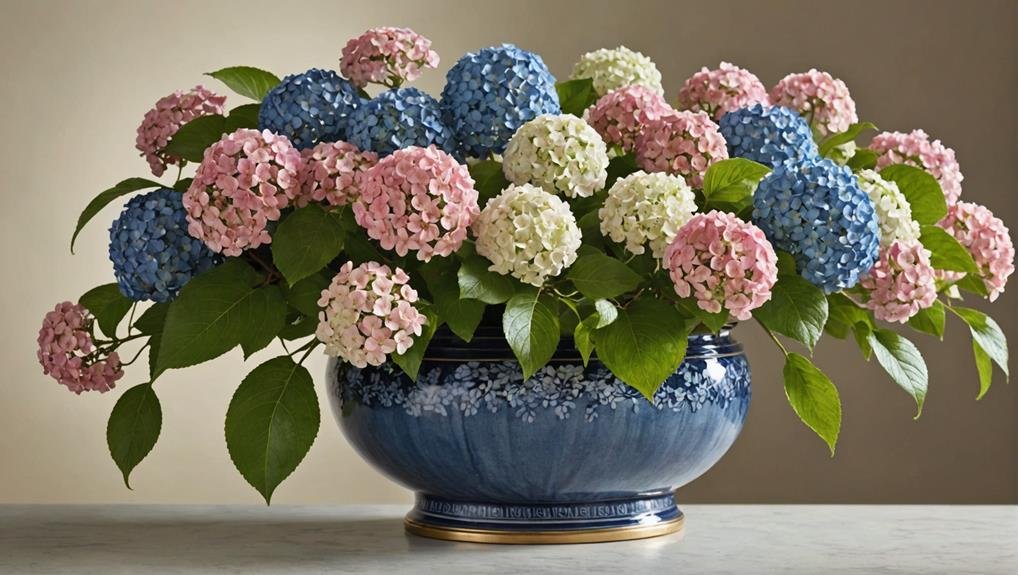
Offering a palette of shades including pink, white, red, and blue, Viburnum flowers provide a versatile range of color options for wedding arrangements. The unique clusters of small blooms in Viburnum add texture and visual interest, allowing for creative and dynamic floral designs. This versatility makes Viburnum a popular choice among florists and event planners, particularly when sourced from Wholesale Flowers suppliers who offer a variety of these stunning blooms.
The vibrant and delicate hues of Viburnum flowers can be seamlessly integrated into various wedding themes, from classic and traditional to modern and eclectic. For example, the soft pink and white varieties can create a romantic and ethereal ambiance, while the bolder red and blue tones can add a striking contrast or complement other colorful elements in the decor. These color varieties can be mixed and matched with other flowers like roses or bouvardia, enhancing the overall visual appeal of wedding bouquets and arrangements.
Symbolizing love, faith, and transformation, Viburnum flowers not only offer aesthetic beauty but also imbue wedding celebrations with meaningful symbolism. Ultimately, the diverse color options available make Viburnum an excellent choice for creating memorable and visually enchanting wedding floral arrangements.
Latin Name and Taxonomy
The scientific classification of Viburnum Opulus, commonly known as Guelder Rose, places it within the Adoxaceae family, highlighting its botanical heritage and widespread presence across Europe and Asia. This versatile plant is also recognized by several other names, including Water Elder, Cramp Bark, and most particularly, the Snowball Tree, due to its characteristic snowball-shaped green flower heads.
Taxonomically, Viburnum Opulus is a well-defined species within the genus Viburnum. The genus is known for its diverse array of flowering plants, which are frequently utilized in horticulture and floral arrangements. The Snowball Tree's inclusion in the Adoxaceae family underscores its evolutionary relationship with other ornamental plants that share similar morphological and genetic traits.
Key features of Viburnum Opulus include:
- Scientific Name: Viburnum Opulus
- Family: Adoxaceae
- Common Names: Guelder Rose, Water Elder, Cramp Bark, Snowball Tree
- Flower Characteristics: Snowball-shaped green flower heads
This plant's botanical classification and appealing floral structure make it a favored choice in the cut flower trade, especially for weddings. Its stems, typically no taller than 75cm, are often sold in wraps of 10, providing both convenience and elegance for various floral arrangements.
Geographical Origins

Native to a vast range spanning North America, Europe, and Asia, Viburnum demonstrates remarkable adaptability to diverse ecosystems. This plant genus thrives in various habitats, from the dense forests of North America to cultivated gardens across Europe and Asia. Such versatility allows Viburnum to flourish under different environmental conditions and climatic zones, making it a popular choice among horticulturists and gardeners worldwide.
In North America, Viburnum species are commonly found in woodland areas, where they benefit from the rich, well-drained soil and moderate sunlight. Some species are well-suited to full sun, while others prefer partial shade, reflecting their adaptability to varying light conditions. This ecological flexibility ensures that Viburnum can be successfully cultivated in a wide range of settings, from urban gardens to rural landscapes.
Understanding the specific growing requirements of each Viburnum species is essential for successful cultivation. While their adaptability is one of their strengths, providing the appropriate conditions for each type will enhance their growth and ornamental value.
Season Availability
Given Viburnum's widespread geographical origins and adaptability, its peak season during spring and early summer makes it a favored choice for floral arrangements in weddings and events. This period of season availability guarantees that Viburnum is at its freshest and most abundant, providing vibrant blooms that can enhance the aesthetic appeal of any celebration.
During its prime season, Viburnum is particularly sought after for its ability to brighten both indoor and outdoor spaces with its lush, colorful clusters. The best availability in spring and early summer means that florists and event planners can depend on its presence for various floral designs, from bouquets to centerpieces.
To summarize the advantages of Viburnum's season availability:
- Peak Freshness: Viburnum is at its most vibrant during spring and early summer.
- Abundant Supply: The season guarantees a plentiful supply, making it easier to source.
- Versatility: Its availability aligns with many popular wedding and event dates in the warmer months.
- Appeal: The bright, cheerful blooms of Viburnum add a fresh touch to any arrangement.
Understanding the seasonal availability of Viburnum is essential for ensuring its longevity and maximizing its aesthetic potential in floral compositions.
Growing Conditions
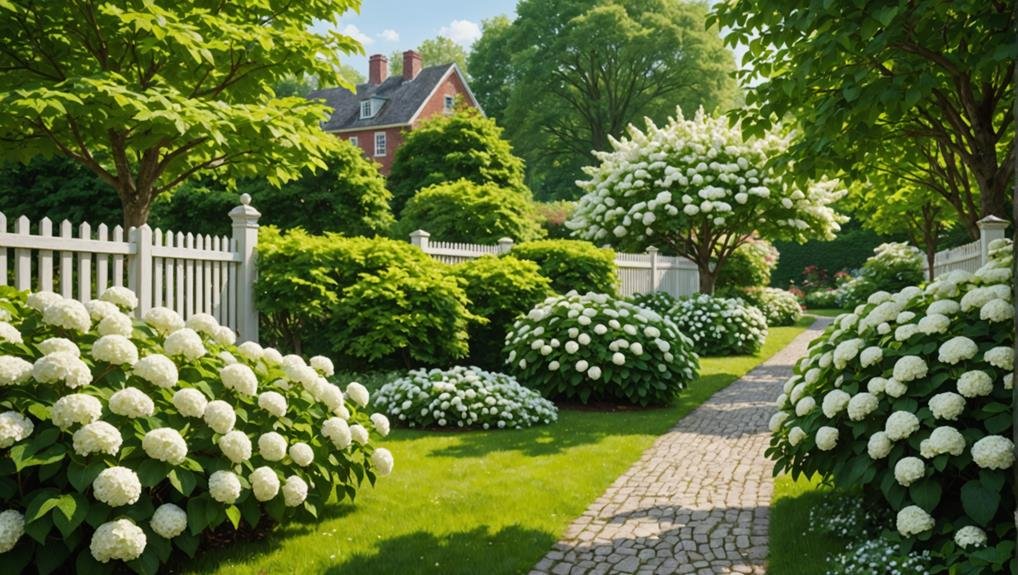
Understanding the growing conditions of Viburnum is vital for cultivating robust plants and ensuring their vibrant blooms. Native to North America, Europe, and Asia, Viburnum species can adapt to diverse habitats ranging from forests to gardens. However, to achieve ideal growth and longevity, both in gardens and as cut flowers, specific requirements must be met.
Viburnum plants vary in their sunlight needs; some species thrive in full sun, while others prefer partial shade. Ensuring the right light conditions is essential for vibrant flower clusters in shades of pink, white, red, or blue. The soil should be well-drained, fertile, and rich in organic matter to support healthy root systems and abundant blooms. Regular watering is important, especially during dry spells, but waterlogging should be avoided to prevent root rot.
Here is a summary of the key growing conditions for Viburnum:
| Condition | Requirement | Notes |
|---|---|---|
| Sunlight | Full sun/ Partial shade | Depends on species |
| Soil | Well-drained | Fertile, rich in organic matter |
| Watering | Regular | Avoid waterlogging |
| Temperature | Moderate climates | Tolerates a range of conditions |
| Pruning | Seasonal | Encourages healthy growth and blooms |
Cultural Significance
The cultural significance of Viburnum flowers is deeply rooted in their historical associations with love, faith, and transformation. These beautiful blooms have long been cherished for their rich symbolism and ability to convey profound emotions.
In the language of flowers tradition, Viburnum carries deep meanings that add layers of significance to any floral arrangement. Understanding the cultural significance of Viburnum can transform a simple bouquet into a powerful expression of sentiment.
Key aspects of Viburnum's cultural significance include:
- Love: Viburnum flowers are often used to symbolize deep and enduring love, making them ideal for romantic gestures and celebrations.
- Faith: Historically, these flowers have been associated with faith and spiritual growth, reflecting their role in various cultural and religious contexts.
- Transformation: The delicate blooms of Viburnum are also seen as symbols of change and renewal, perfect for occasions marking new beginnings.
- Beauty and Emotion: Their vibrant appearance and historical symbolism make Viburnum flowers a meaningful choice for expressing a range of emotions and sentiments.
Typical Use in Weddings
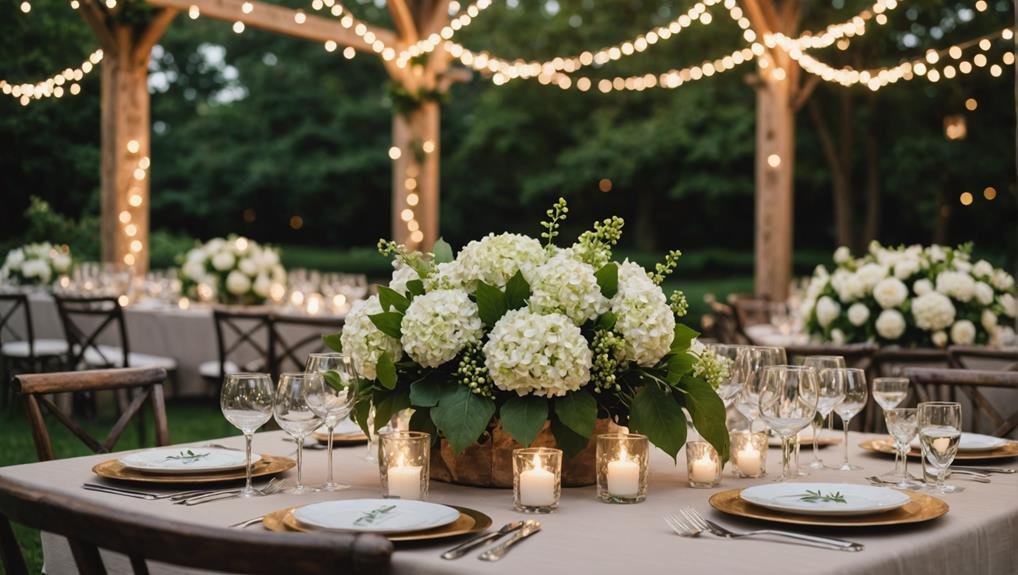
In wedding floral arrangements, Viburnum is frequently chosen for its romantic and elegant appearance, enhancing centerpieces, cake decorations, and bouquets. This versatile flower is often compared to miniature Hydrangea, providing a unique and whimsical touch to wedding flowers. Its delicate blooms and lush greenery contribute to the creation of visually stunning and cohesive floral designs that appeal to brides seeking a sophisticated yet enchanting look.
Viburnum is available for most of the year, though it may be harder to find during late spring and summer. This availability makes it a practical choice for weddings across various seasons. For those prioritizing quality, Viburnum is often imported from Holland, ensuring high standards. Alternatively, when in season, locally sourced Viburnum offers a fresh and sustainable option.
The flower's versatility allows it to be seamlessly incorporated into a variety of wedding floral arrangements. Whether used as the focal point in a bridal bouquet, as a soft accent in table centerpieces, or as a charming addition to cake decorations, Viburnum enhances the romantic ambiance of wedding celebrations. Its widespread use in wedding flowers speaks to its enduring popularity and timeless appeal among brides and florists alike.
Alternative Flower Types
Exploring alternative flower types such as Virginia Roses, Mondial Roses, Ravel Roses, and Freedom Roses can add a diverse range of colors and textures to wedding floral arrangements. These roses offer unique characteristics that can beautifully complement Viburnum in various setups, from centerpieces to bouquets and cake adornments.
Virginia Roses are renowned for their classic appeal and come in a variety of shades, making them versatile for different wedding themes.
Mondial Roses, with their elegant, creamy-white blooms, lend a sophisticated touch to any arrangement.
Ravel Roses stand out with their ruffled petals and vibrant hues, adding a dynamic element to floral designs.
Freedom Roses, known for their deep red color, symbolize love and passion, making them perfect for romantic settings.
- Virginia Roses: Versatile and available in multiple shades, ideal for complementing Viburnum.
- Mondial Roses: Creamy white blooms that offer a sophisticated touch.
- Ravel Roses: Ruffled petals and vibrant colors for dynamic designs.
- Freedom Roses: Deep red hue symbolizing love and passion.
